
Can running keep diabetes in check? Finance exec took up the sport to avoid taking medication for the condition – now he runs ultra races
- Diagnosed with diabetes at the age of 51 in 2015, a stressed CFO chose running, not medicine, to manage his condition. His blood glucose level soon fell
- Ravi Chandra has since run 29 races, including ultra races, formed a running club in Hong Kong and inspired his two grown-up children to take up the sport
When Ravi Chandra was diagnosed with type 2 diabetes at the age of 51, his doctor recommended he start taking medication. Instead, he started running.
Chandra had good reason to choose exercise over medication.
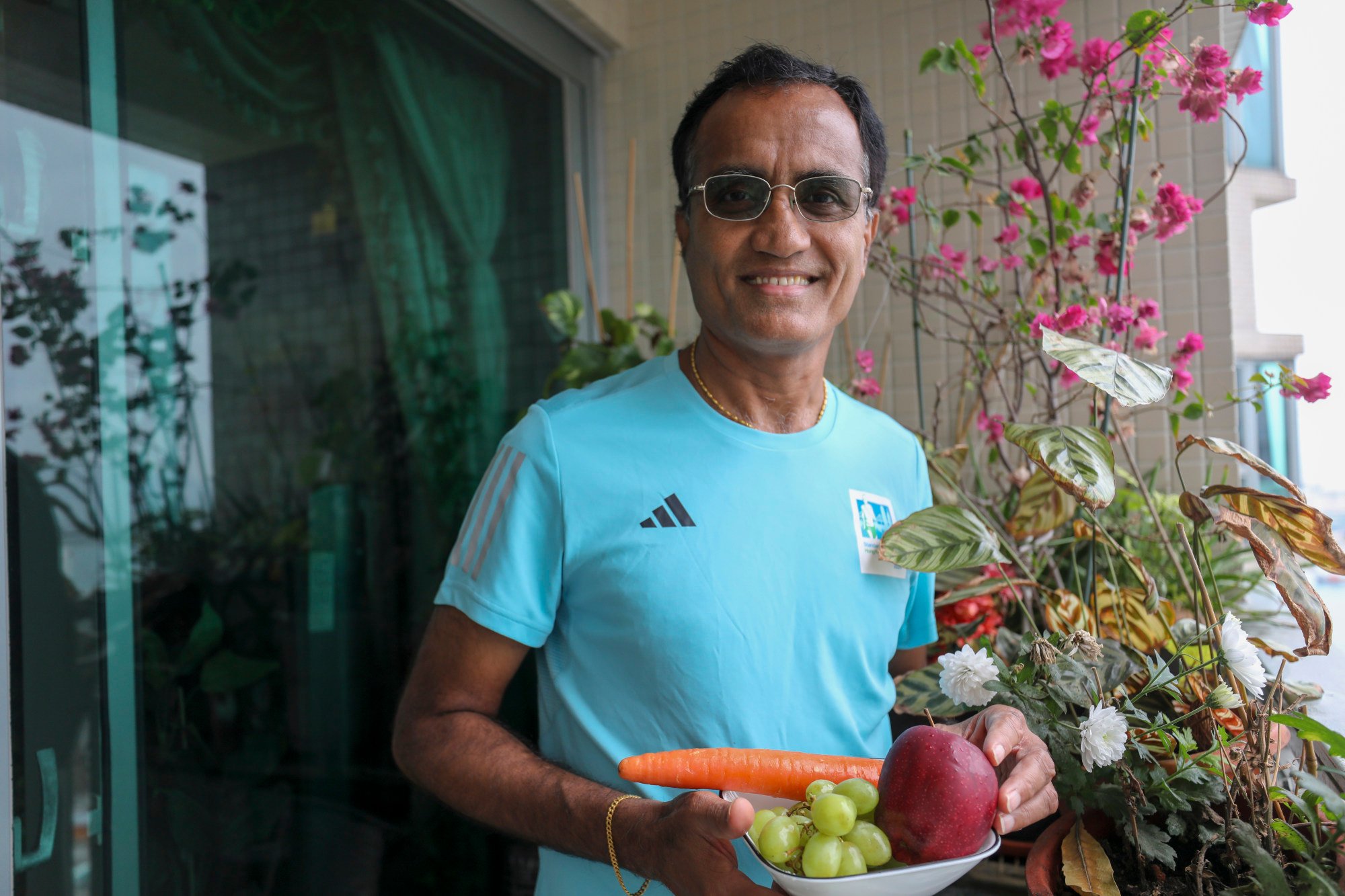
“I felt that once I started [medication], the dosage would keep increasing. I felt that improving my fitness levels would help control the diabetes. In addition, my work was very stressful and I thought regular exercise would help calm me down,” says Chandra, a long-term Hong Kong resident who works as the chief financial officer of a family office.
Chandra had first tried running in 2011, inspired by his friend Desikan Bhoovarahan, who has run more than 100 marathons.
“I would see Bhoova running, looking fit and full of energy. We ran 4km together and I almost fainted at the end. My pride kept me going. The next two days, we ran 5km each day. I got blisters on both feet,” recalls Chandra. He stopped running after that – until he was diagnosed with diabetes.
When he chose to give running another go, Chandra took a fresh approach.
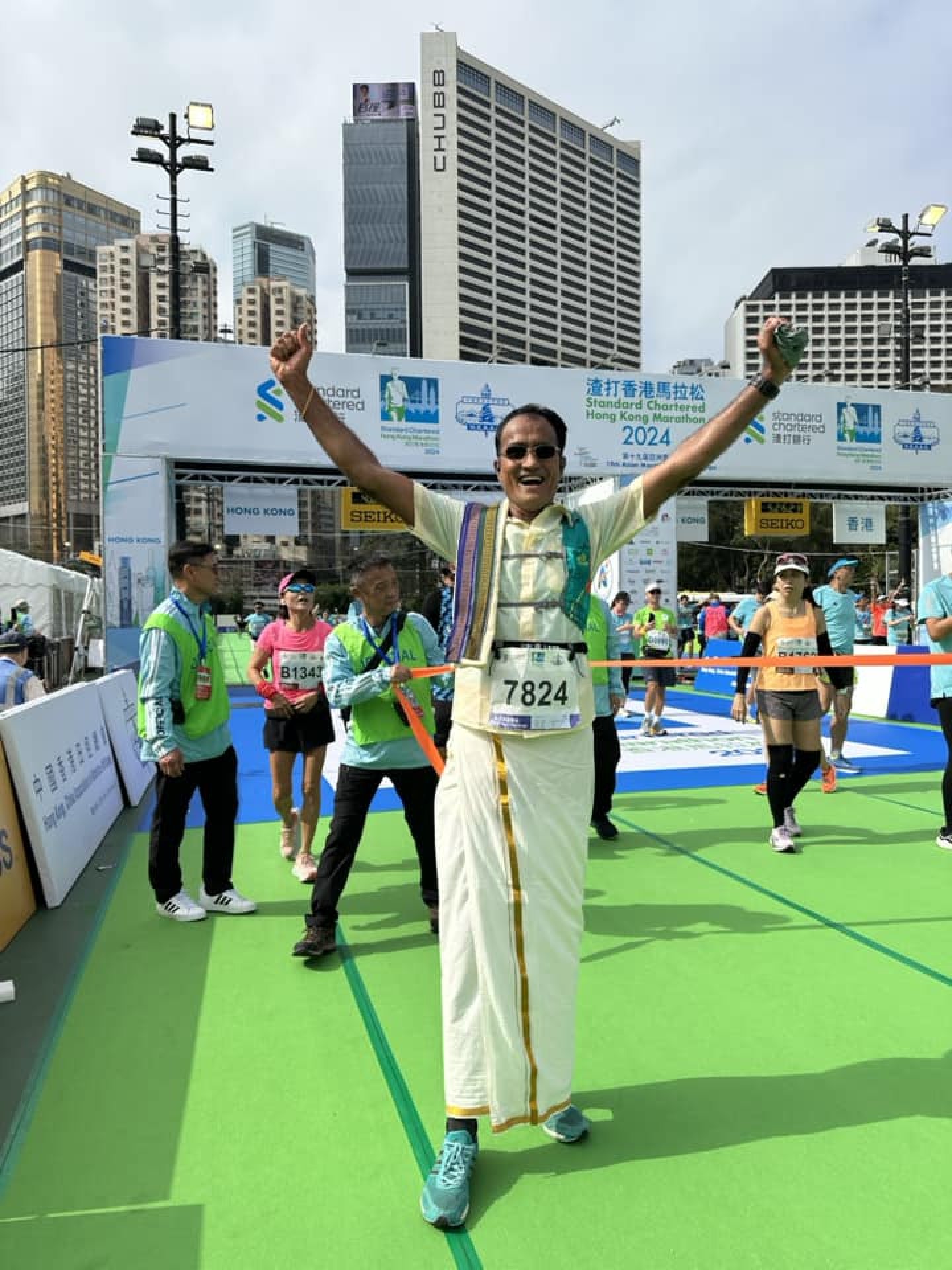
“I began by walking for a kilometre, and then I would run-walk-run for 10km. Soon, my stamina improved and I was able to run 10km without stopping, three to four times a week.” A 1km brisk walk to warm up before each run has helped him stay injury-free.
Six days a week, from 6am to 7.15am Chandra runs 8km to 9km before going to work. After work on Saturdays he goes for a long run, often on his favourite route on Lantau Island, from Tung Chung, where he lives, to Disneyland and Hong Kong International Airport.
“It’s a 21km stretch and is beautiful. I love running by the sea,” says Chandra.
“Using this method has helped me run slower than I normally would, which has kept me injury-free,” he explains.
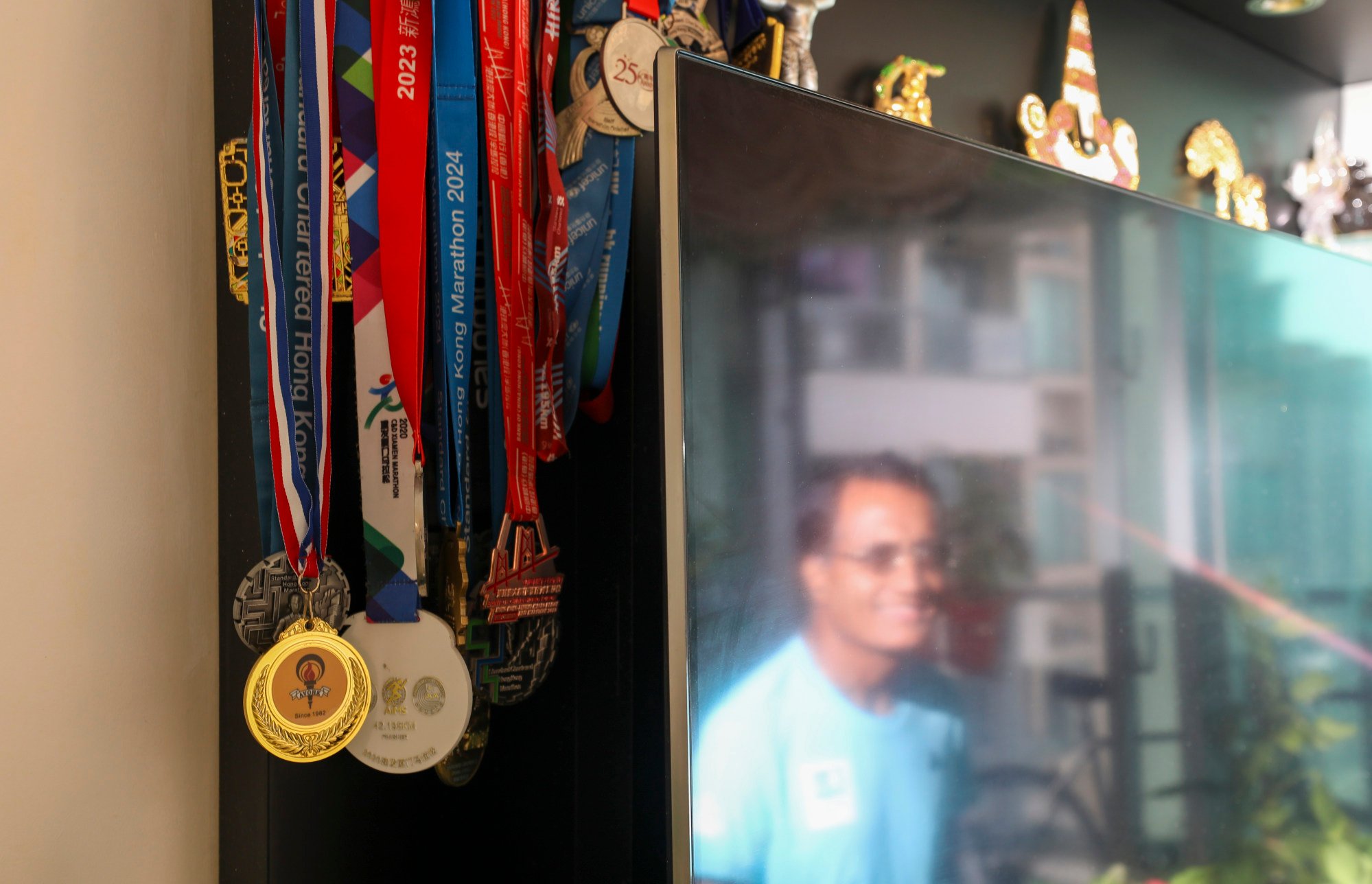
Since he took up running he has run about 20,000km, an average of 2,500km per year.
He considers running to be both addictive and contagious. Watching their father flourish inspired Chandra’s grown children, aged 29 and 24, to follow in his footsteps and take up running.
His passion prompted Chandra to form a Saturday morning running club in Tung Chung, which has more than 40 members, aged 30 to 60; 28 of them took part in the 2024 Standard Chartered Hong Kong marathon in January, some running the half marathon, and some, including Chandra, running the full distance.
He ran 32km of the 42km race wearing traditional Indian garb – a men’s skirt tied around the lower waist, known as a lungi, and a shirt. He finished the race in five hours and six minutes, his slowest marathon finish yet.
“It was well worth it as I got to showcase my culture,” he says.
Running is a stress buster for Chandra, whether he is savouring the community spirit of a group run or treasuring moments on his own.
Inspired by a post from a group of women on the exercise-tracking app Strava, on April 2, 2022 Chandra ran the 55km route they took along the coast of Hong Kong Island in 10 hours. It took him from Star Ferry in Central through Kennedy Town, Aberdeen, Deep Water Bay, Repulse Bay, Stanley, Shek O, Quarry Bay and Wan Chai, and back to Central.
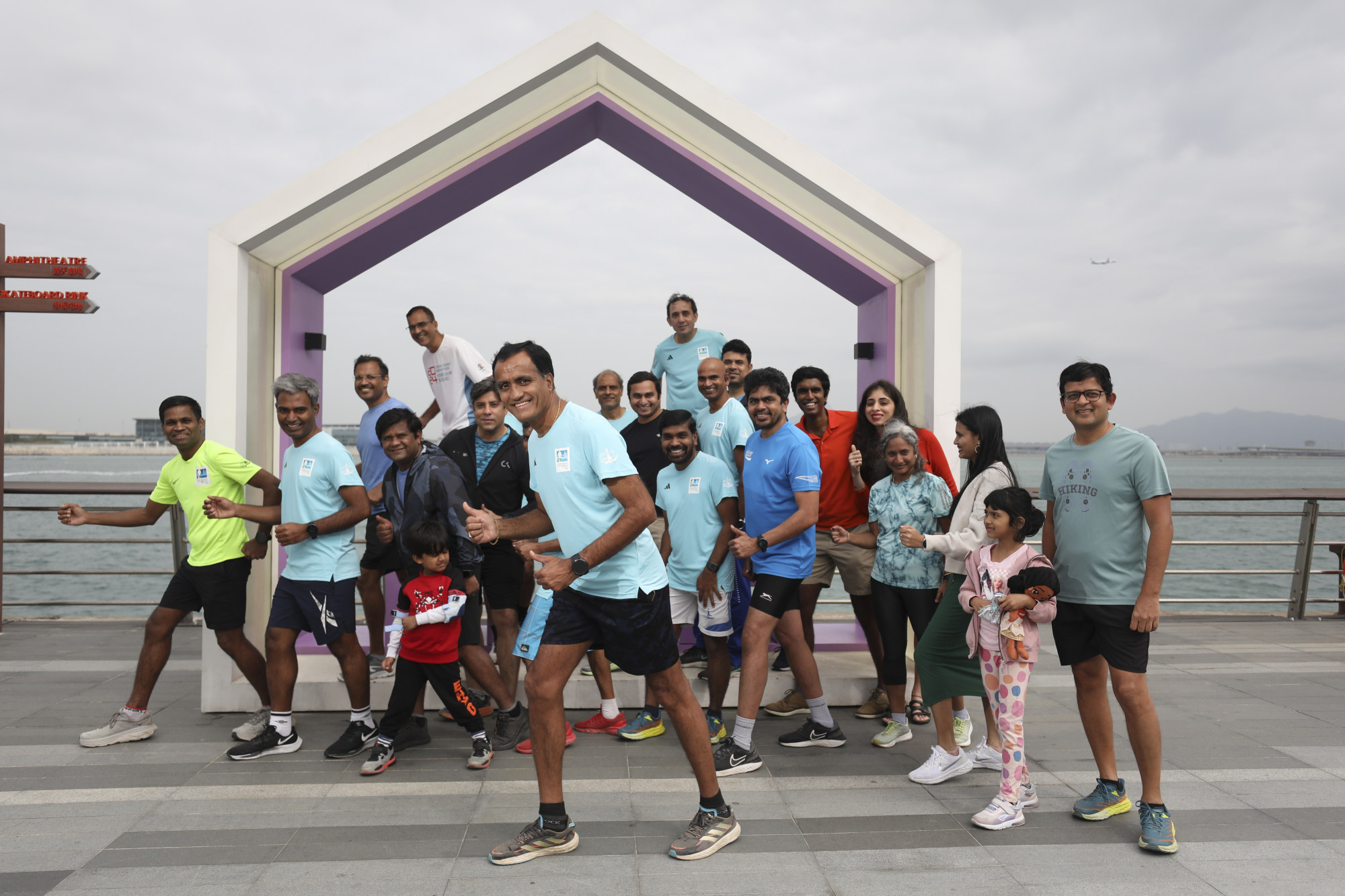
Lunch and dinner is often rice with lentils and cooked vegetables. He snacks on fruit and fuels himself with oranges and apples during races and long runs. He drinks beer occasionally on weekends.
His wife Sugunas’ support has been key to accomplishing his running feats, he says.
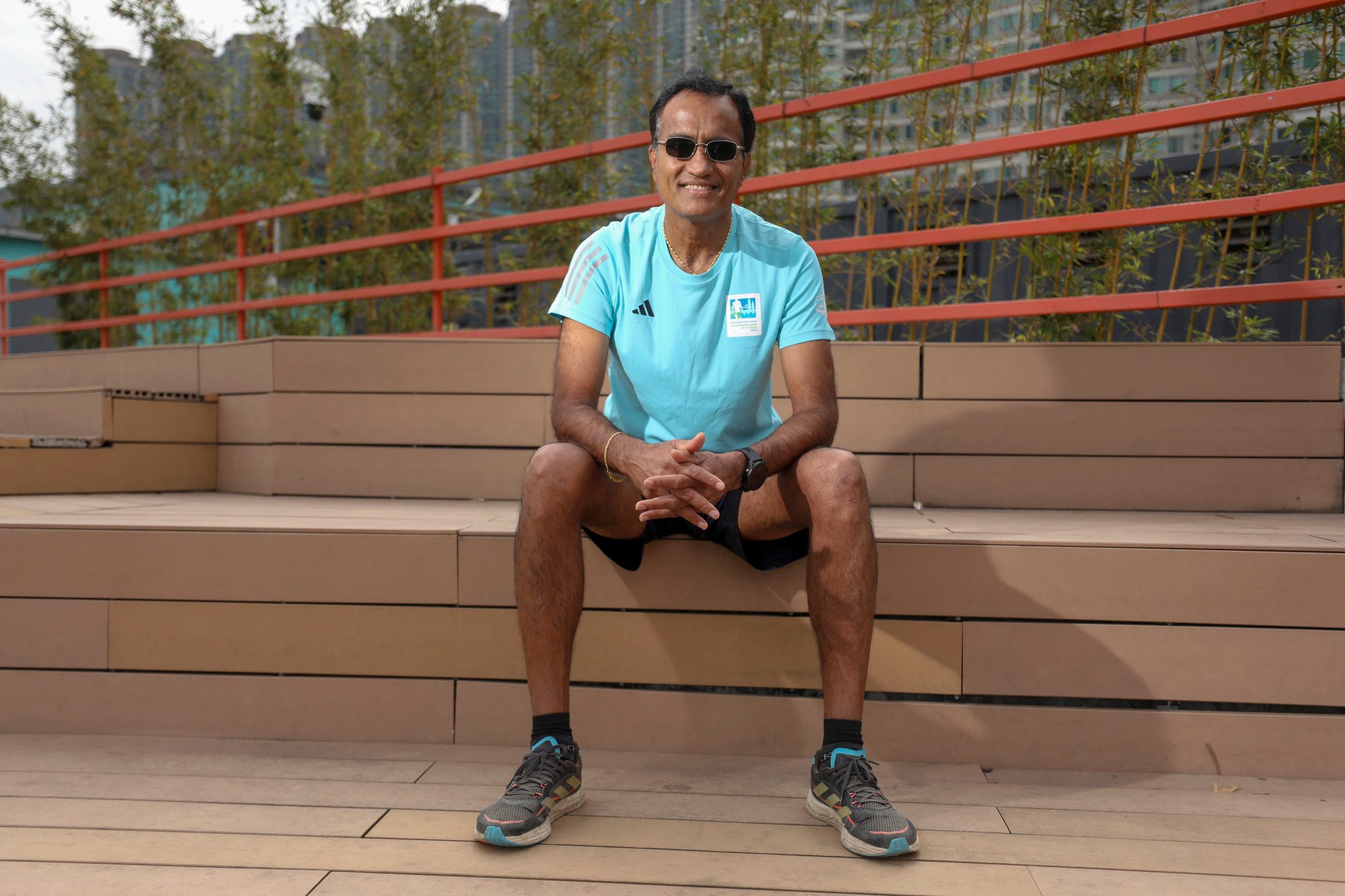
“She is an excellent cook, rustling up delicious, healthy meals, taking care of my diet and nutrition,” he says. “Though she is happy with my running, she worries about my overdoing it.”
At the time of writing, the last race that Chandra had run was the China Coast half marathon on February 4 – a week after he recovered from Covid-19. His finish time was two hours and 15 minutes.
“My family doctor says that marathons are not for humans and that running 42 kilometres is torture for the human body. I don’t agree with that. I feel free when I run.”
He adds: “The human body can do whatever you train it for. Pain is temporary but the pride of running a race is forever.”

